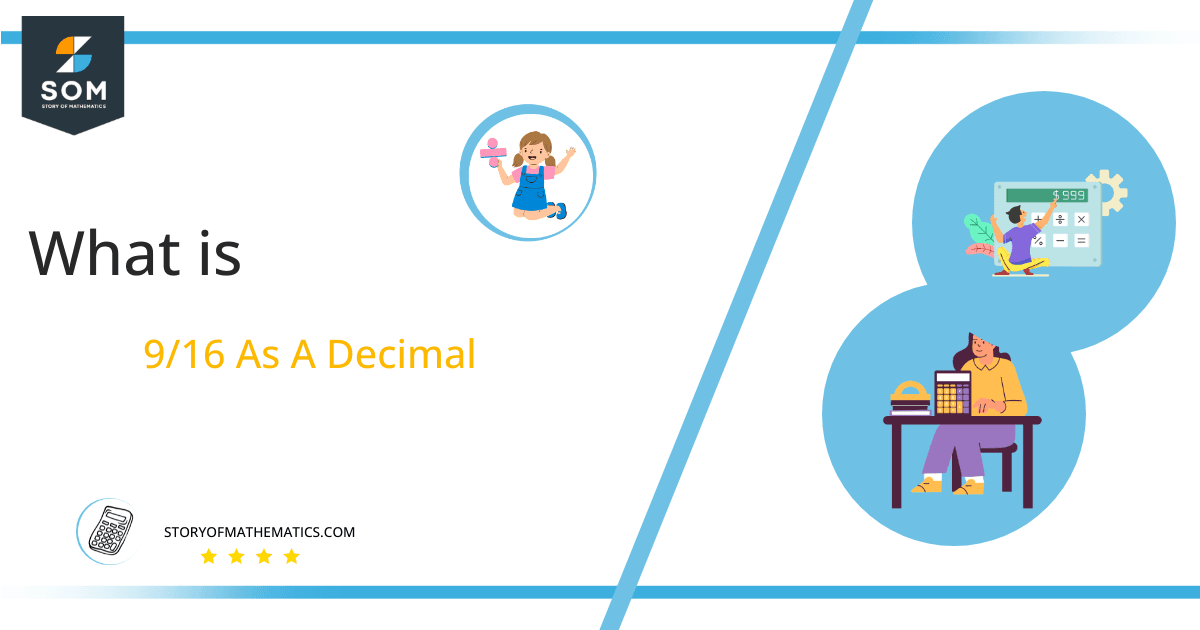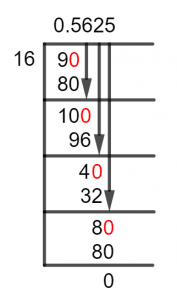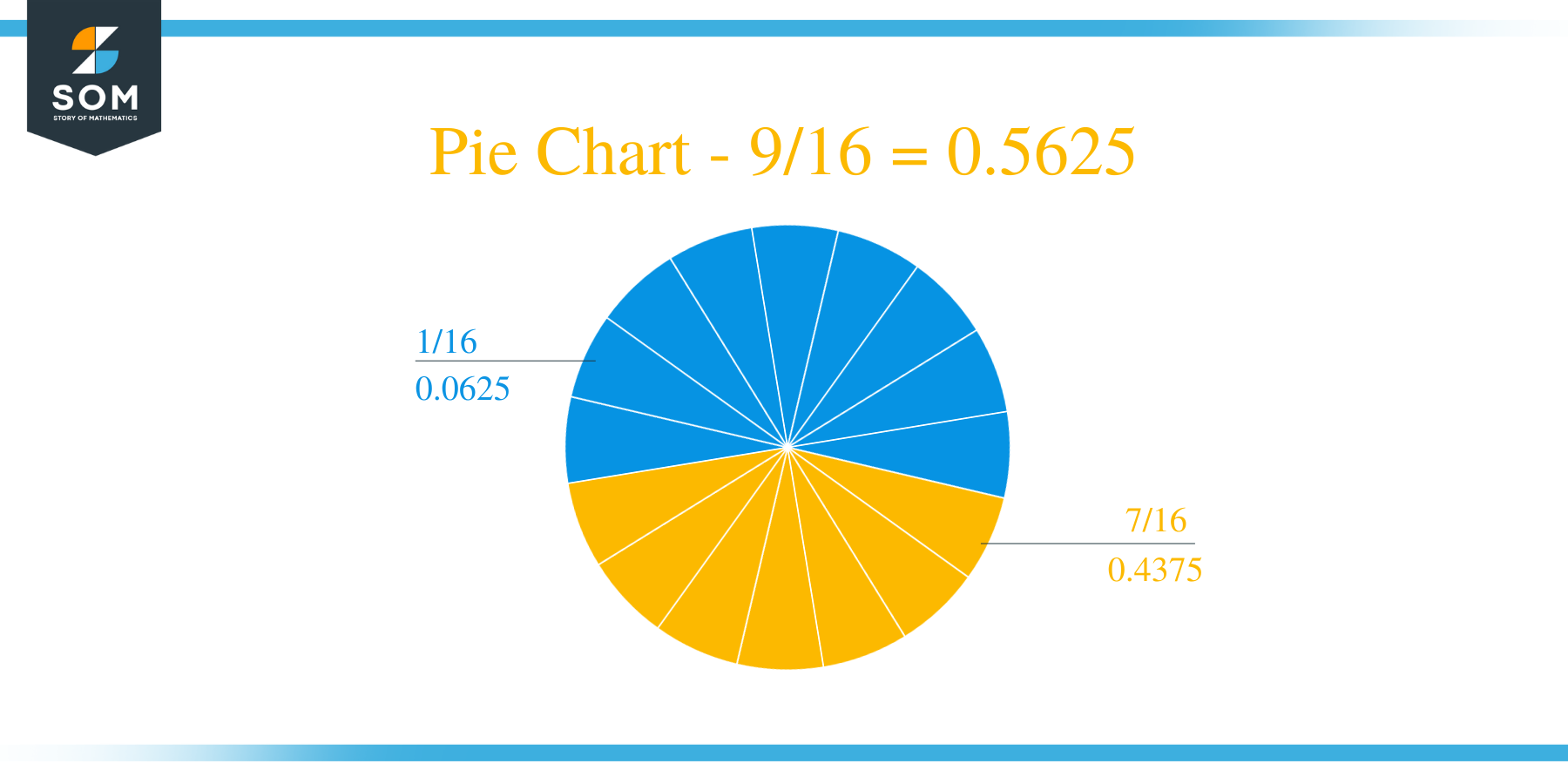What Is 9/16 as a Decimal + Solution With Free Steps
 The fraction 9/16 as a decimal is equal to 0.5625.
The fraction 9/16 as a decimal is equal to 0.5625.
A Decimal Number is very unique as it can provide us with information about a value that lies between two integers. And because of their unique and unusual way of expression, sometimes they are expressed in the form of a Fraction.
As Fractions are defined as a smaller part of a bigger object, they are the best for describing a decimal number. But a significant fact about fractions that result in Decimals is that their numerator and denominator are not Multiples of one another.
Finally, the method used for solving these tricky divisions is called Long Division. Now, let’s go through the Solution to our problem 9/16 in detail.
Solution
So, let’s start by extracting the dividend and Divisor from the fraction, as the numerator is equivalent to the Dividend and the denominator otherwise. Let’s express our fraction as follows:
Dividend = 9
Divisor = 16
A way of understanding what happens when a number is Divided across another would be that 9 would be broken down into 16 pieces. Thus, one of those pieces is taken out as our little Fraction of 9.
So, the Quotient to our fraction can be expressed as:
Quotient = Dividend $\div$ Divisor = 9 $\div$ 16
Now, without waiting any longer we will look at the Long Division Solution of our fraction:

Figure 1
9/16 Long Division Method
To solve a division using Long Division Method, we find the closest multiple of the divisor to the dividend and then subtract it from the dividend. This Subtraction leads to the generation of a quantity called the Remainder, and it then becomes the new dividend.
Now, let’s analyze our dividend of 9 which is smaller than 16, so we introduce the decimal point and multiply the dividend by ten. Let’s solve 90/16:
90 $\div$ 16 $\approx$ 5
Where:
16 x 5 = 80
Thus, a Remainder of 90 – 80 = 10 is produced, as this is the case, we repeat the process and get the division as:
100 $\div$ 16 $\approx$ 6
Where:
16 x 6 = 96
This time we have a Remainder of 100 – 96 = 4 produced. As we still don’t have a viable solution, we repeat it one last time for accuracy:
40 $\div$ 16 $\approx$ 2
Where:
16 x 2 = 32
Here, we have a Remainder of 40 – 32 = 8 produced, now we have solved three iterations of the division. We still do not have a Solution, and normally one would stop solving the problem at this point. But, looking at the Remainder we see that it would become 80 and that would solve our division.
So, we repeat the process one last time:
80 $\div$ 16 = 5
Where:
16 x 5 = 80
Hence, we have converted the fraction into the decimal value, with no remainder, and the Quotient is 0.5625.
Images/mathematical drawings are created with GeoGebra.
